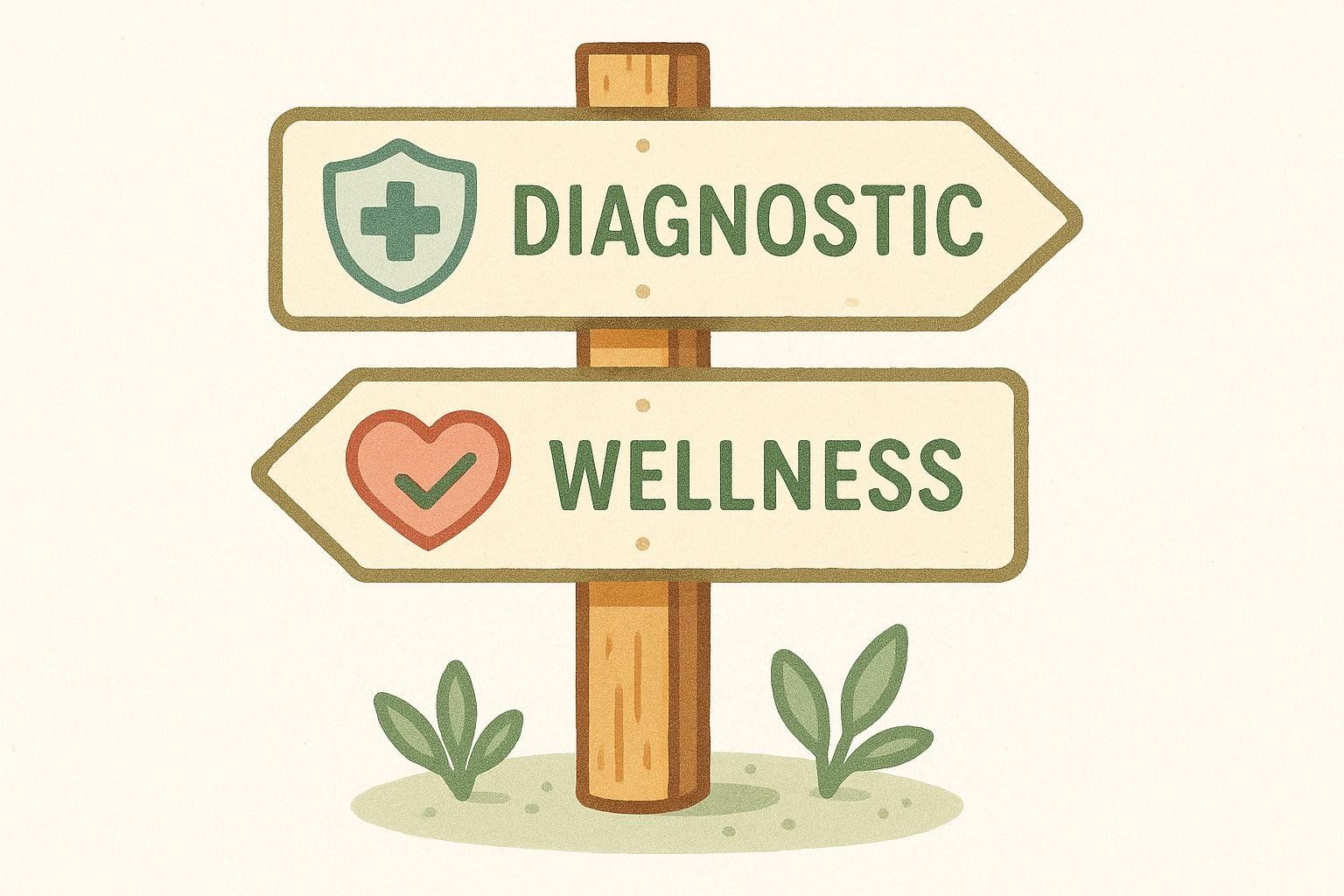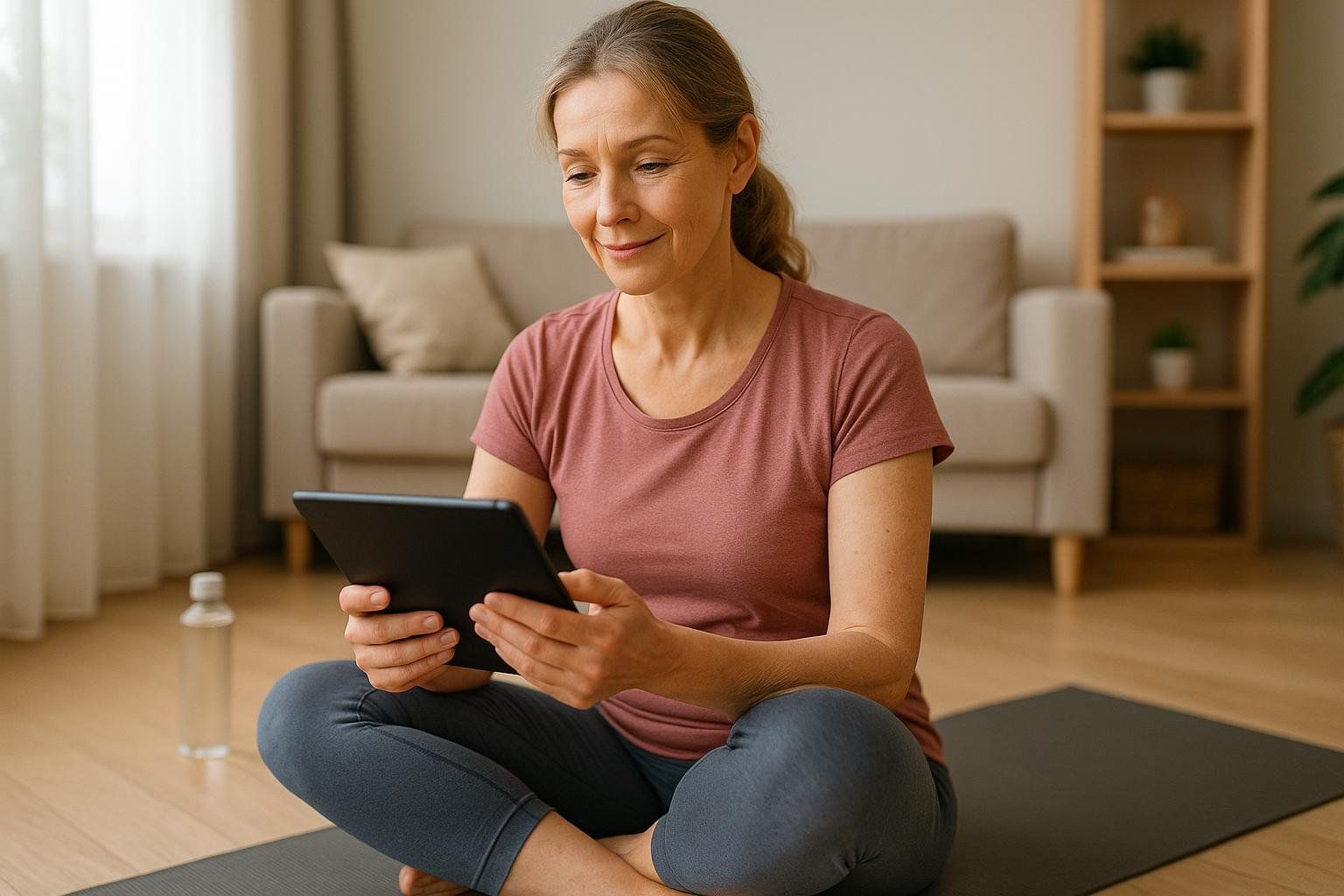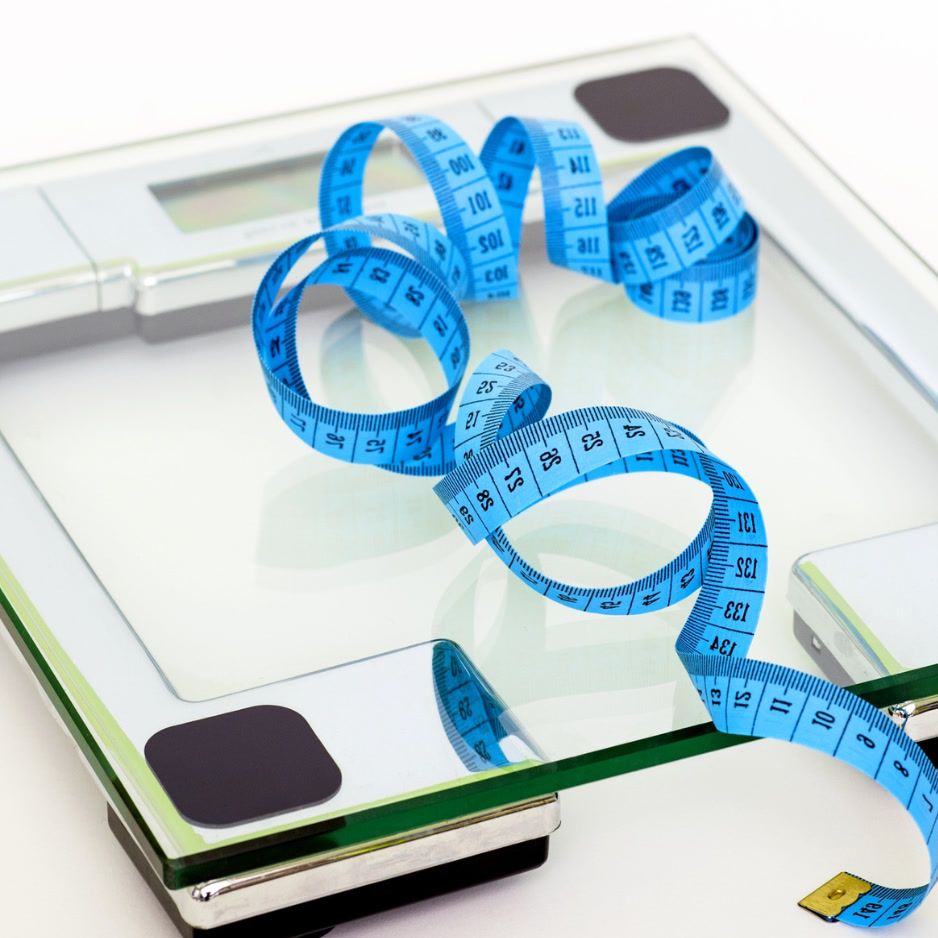DEXA Scan for Women: Bone Density and Body Composition

DEXA Scan for Women: Bone Density & Body Composition
A DEXA scan can help you protect bone health, understand body composition, and make informed decisions with your clinician. This guide shows when to get tested, how to prepare, how to read results, and how a full‑body wellness DEXA complements diagnostic care at different life stages.
In 30 seconds:
- If you’re 65+: Get a clinician‑ordered, diagnostic hip/spine DEXA to screen for osteoporosis (USPSTF Grade B) (USPSTF 2025).
- If you’re postmenopausal and under 65 with risk factors: Ask your clinician to assess your risk (often with FRAX) and order a diagnostic DEXA if elevated (Grade B) (USPSTF 2025; Johns Hopkins).
- For body composition at any age: Use a BodySpec wellness DEXA to track fat, muscle, visceral fat, and bone‑density trends to optimize your fitness and inform conversations with your doctor.
Only a clinician‑ordered diagnostic DEXA can diagnose osteopenia/osteoporosis. BodySpec’s whole‑body DEXA is non‑diagnostic for bone disease—but it’s powerful for spotting trends early, personalizing your plan, and prompting timely conversations with your clinician.
Diagnostic vs. Wellness Scans: Which Is Right for You?

-
Diagnostic bone‑density DEXA (hip/spine)
- Screen all women age 65+ for osteoporosis (USPSTF Grade B) (USPSTF 2025).
- Screen postmenopausal women <65 who have risk factors after a clinical risk assessment (Grade B) (USPSTF 2025).
-
Full‑body DEXA (BodySpec) for wellness
- Tracks total and regional body fat, lean mass, and visceral adipose tissue (VAT) and provides a non‑diagnostic bone‑density estimate for context (UC Davis Sports Medicine).
- Helpful for women across life stages to: establish a baseline before perimenopause, monitor changes through menopause, and optimize training, nutrition, and recovery at any age.
- If your trends suggest concern (e.g., steadily falling bone estimate or rising VAT), share your report with your clinician to determine whether a diagnostic test is needed.
How it works: two very low‑dose X‑ray beams pass through bone and soft tissue to quantify density and composition (MedlinePlus; UCSF Radiology).
What it feels like: Fast and painless—typically 10–30 minutes depending on sites scanned (MedlinePlus; Cleveland Clinic).
See our overview of what a full‑body DEXA scan measures and how to interpret your DEXA results.
Osteoporosis Screening Guidelines for Women
Use this table to orient your next step—then confirm with your clinician.
| Situation | Recommendation |
|---|---|
| Woman 65+ | Screen with diagnostic DEXA (Grade B) (USPSTF 2025). |
| Postmenopausal woman <65 with risk factors | Assess risk with a tool like the official FRAX Calculator; if elevated, obtain diagnostic DEXA (Grade B). For a walkthrough, see our FRAX guide. (USPSTF 2025; Johns Hopkins; MedlinePlus). |
| Premenopausal women without major risk factors | Routine population screening isn’t recommended; ask your clinician if you have specific concerns. |
Key risk factors to discuss with your clinician:
- Prior fragility fracture
- Parental hip fracture
- Current smoking
- Long‑term oral steroid use
- Rheumatoid arthritis
- Low BMI
- Excess alcohol
Understanding DEXA Results: T‑Scores and Z‑Scores
On clinician‑ordered diagnostic scans, your results are summarized as T‑scores and Z‑scores. Your T‑score falls into one of three categories, as defined by the World Health Organization:
| Category | T‑score range |
|---|---|
| Normal | ≥ −1.0 |
| Low bone mass (osteopenia) | Between −1.0 and −2.5 |
| Osteoporosis | ≤ −2.5 |
Z‑score (age‑matched comparison):
| Interpretation | Z‑score |
|---|---|
| Typical for age | > −2.0 |
| Below expected for age | ≤ −2.0 |
How often should women repeat bone‑density testing?
- The USPSTF states evidence is insufficient to define optimal re‑screening intervals; clinicians individualize timing (USPSTF 2025).
- For general context, MedlinePlus notes ranges such as every ~2 years for high risk, 3–5 years for moderate risk, and 10–15 years for low risk—your clinician will tailor the plan (MedlinePlus).
If you start treatment, your doctor may schedule follow‑up scans to gauge response.
How to prepare—and is it safe?
Preparation (diagnostic or full‑body DEXA):
- Avoid calcium supplements for 24 hours before your exam (Cleveland Clinic; UCSF Radiology; MedlinePlus).
- Wear loose clothing without metal; remove jewelry, belts, and metal fasteners (UCSF Radiology).
- Tell your provider if you’re pregnant or could be—DEXA isn’t recommended during pregnancy despite very low doses (Cleveland Clinic; MedlinePlus).
- If you recently had imaging with barium/contrast, you may need to wait about 10–14 days (UCSF Radiology).
Safety snapshot: DEXA uses very low radiation. UCSF notes a DXA dose is about 10% of a standard chest X‑ray, and both diagnostic and wellness scans are considered safe for routine use in non‑pregnant individuals (UCSF Radiology). For more detail, see Is a DEXA Scan Safe? and Radiation, DEXA Scans, and You.

What to expect during the scan
- You’ll lie on a padded table while a scanning arm passes overhead.
- Diagnostic scans typically target hip and spine; full‑body scans image the entire body.
- The exam is painless and typically takes 10–30 minutes; diagnostic results are interpreted by a clinician (Cleveland Clinic; MedlinePlus).
DEXA Scans for Women by Life Stage
Perimenopause (40s–early 50s)

- Consider establishing a baseline with a full‑body scan for fat, lean mass, VAT, and bone estimates.
- Discuss diagnostic screening timing with your clinician if symptoms or risk factors are present.
- Learn more in our guide to metabolic changes during menopause.
Postmenopause (65+ or younger with risk factors)
- Follow USPSTF diagnostic screening; use FRAX to personalize decisions.
- Prioritize strength and balance training; see our Exercise Guide for Bone Density.
- Review meds, calcium/vitamin D intake, and fall‑prevention steps with your clinician.
Athletes and active women (20s–40s)
- Use full‑body DEXA to quantify lean mass, asymmetries, and visceral fat.
- Based on our work with athletes at BodySpec, a common re‑scan interval to track measurable changes is 8–12 weeks, aligned with training cycles.
- Coordinate with a coach or clinician if Relative Energy Deficiency in Sport (RED‑S) or the female athlete triad is a concern.
Benefits of a BodySpec Full‑Body DEXA Scan

- Comprehensive data: fat mass, lean mass, VAT, and a whole‑body bone estimate in one visit (UC Davis Sports Medicine).
- Identify trends over time: track quarterly to see if VAT is increasing or if lean mass is maintained during menopause or weight loss.
- Facilitate clinical discussions: if your bone estimate looks concerning—or drops scan‑to‑scan—bring your report to your clinician to determine whether a diagnostic hip/spine DEXA is warranted.
- Optimize training and nutrition: use precise feedback to confirm that your plan preserves or builds muscle while reducing fat.
FAQs
Is a DEXA scan safe if I’m pregnant?
No. Organizations advise avoiding DEXA during pregnancy; discuss alternatives with your clinician (MedlinePlus; Cleveland Clinic).
Will calcium or vitamins affect results?
Calcium supplements can interfere with measurements, so skip them for 24 hours before your scan. Standard daily multivitamins are generally fine, but avoid high‑dose calcium on the day prior (UCSF Radiology; MedlinePlus).
What’s the difference between a DEXA and a whole‑body bone scan?
A DEXA measures bone density for conditions like osteoporosis; a nuclear medicine “bone scan” looks for issues like cancer metastasis or infections (Cleveland Clinic).
Can a BodySpec scan diagnose osteoporosis?
No. BodySpec provides non‑diagnostic, wellness‑focused scans. If your report flags low bone‑density estimates or elevated risk, share it with your clinician and consider a diagnostic hip/spine DEXA.
Your next step
- If you’re 65+ (or postmenopausal <65 with risk factors), ask your clinician about a diagnostic DEXA and run your FRAX score. For a walkthrough, see our FRAX guide.
- If you want precise body‑composition tracking, book a quick, low‑dose full‑body DEXA with BodySpec to measure body fat, lean mass, VAT, and non‑diagnostic bone metrics: Schedule now.
- For a complete pre‑scan checklist of what to do, wear, and avoid, review our guide to preparing for your BodySpec scan.


